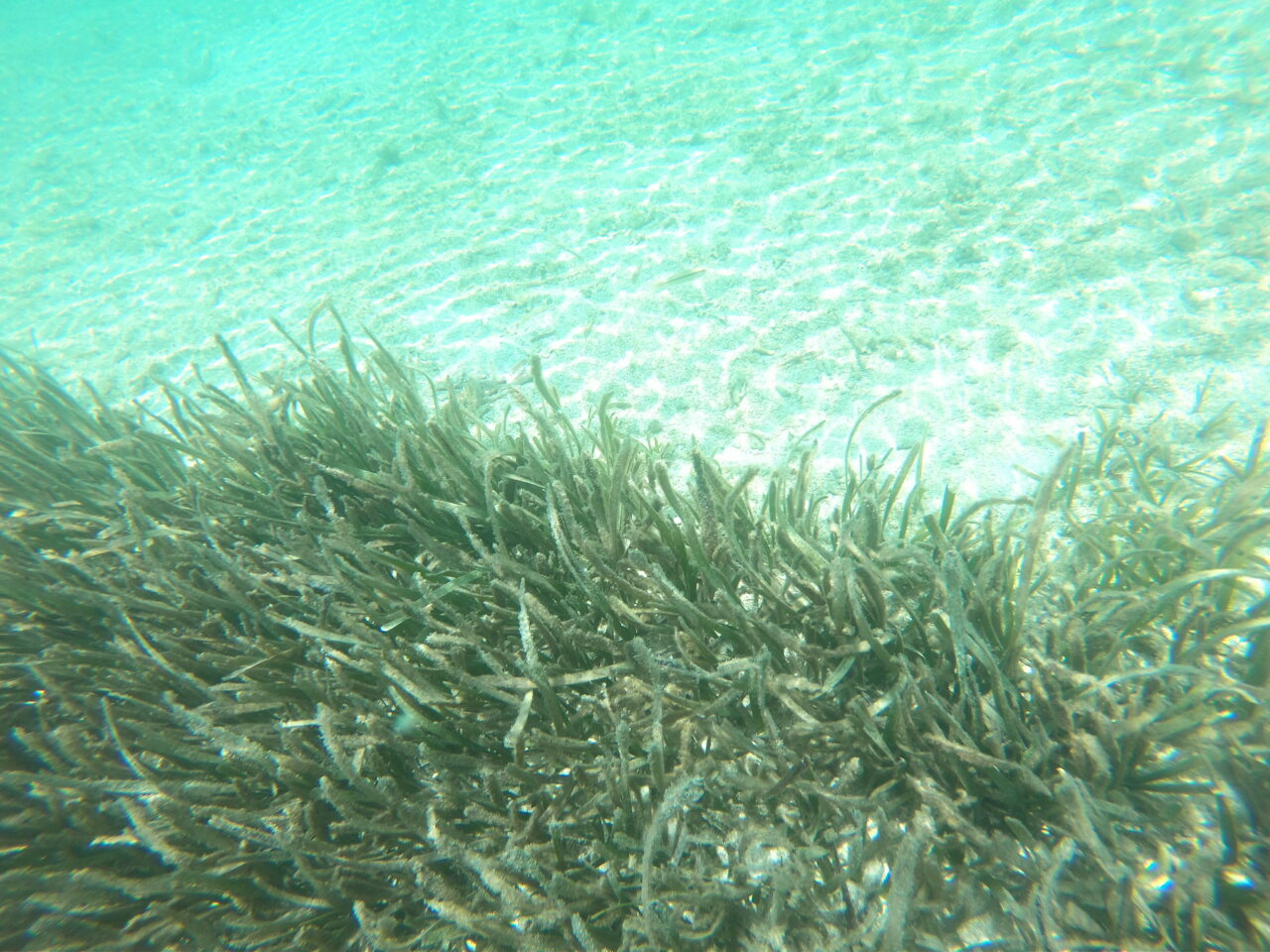
The House substituted a Senate bill for their efforts and will now send to the Governor a plan to discover and fund new technologies to combat seagrass depletion.
SB 724 would establish a Seagrass Restoration Technology Development Initiative within the Department of Environmental Protection (DEP).
The initiative would involve a partnership between DEP, Mote Marine Laboratory and the University of Florida (UF), and establish the Initiative Technology Advisory Council as part of the plan.
“Unfortunately, seagrasses along both coasts, most notably the Indian River Lagoon and Florida Bay, are rapidly being lost,” Bradenton Republican Rep. Will Robinson said during the bill’s second reading.
“This bill allows a focused and applied science-based statewide strategic restoration initiative to address the diminishing seagrass habitat and diversity.”
There were no questions and no debate as the House passed the bill on third reading.
“The rapid loss of seagrass in Florida poses a threat to our precious marine ecosystem,” Bradenton Republican Sen. Jim Boyd said. “Working together with Mote Marine Laboratory, the University of Florida, the Florida Department of Environmental Protection and other stakeholders, I’m confident we can develop and implement a strategy to effectively reverse seagrass loss and restore this important habitat for small marine mammals.”
In eight years, 2011-2019, Florida lost around 58% of existing seagrasses.
Making up the Council would be “marine science, technology development, and natural science management representatives from this state’s aquatic preserves, private institutions, and public or private research institutions.”
Mote and UF would be required to create a 10-year “Florida Restoration Plan” to implement tools and technologies created through the initiative. The project is funded through $2 million in general revenue annually from Fiscal Years 2023-24 to 2027-28.
“Seagrass meadows are among the planet’s most threatened habitats, with their known global areal extent having declined by 29% since the late 1800s and losses rapidly accelerating in the last two decades,” according to a Senate staff analysis.
“In Florida, approximately 80% of the seagrass coverage in Tampa Bay has been lost, mainly due to human activities. Seagrass face several threats, including events that reduce water clarity and decrease the amount of light reaching the ecosystem, such as algae blooms, as well as physical damage, such as from dredging or boat propeller scarring.”
In Tampa Bay, more than 80% of seagrass has been lost, largely due to human interaction. Boyd’s legislation is meant to streamline efforts already underway to mitigate and reverse those losses by guiding efforts, creating efficiencies and accelerating progress.
Regarding the Advisory Council, the Governor would appoint a member from private commercial enterprise, while the President of the Senate appoints someone from a public or private Florida university.
The House Speaker would appoint a non-university representative from a marine environmental organization, while the DEP Secretary appoints an expert in seagrass, and the Florida Fish and Wildlife Conservation Commission Executive Director appoints someone with seagrass expertise from the Fish and Wildlife Research Institute.



